San Francesco
Oil on canvas, cm 73 x 59
With frame, cm 83 x 69
Patron of Italy, Saint Francis (Giovanni di Pietro di Bernardone; Assisi, 1181/1182 - 1226) is the saint par excellence in the western collective imagination. The doctrine based on his teachings by the large group of faithful who, devout, followed him in the pilgrimages and acts of charity towards the weakest, allowed the development of a revolutionary form of asceticism, more heartfelt and human. The renunciation of any material good in the conviction of a full and perfect life if totally dedicated to God, made Francicanism the expression of the best and fraternal pauperist spirit then desirable.
In the present painting we see the Saint in an ecstatic attitude, while he looks up to heaven absorbed in an inner prayer. The human skull, traditional symbol of materiality and temporality of life, manifests in this case the total poverty to which the saint was devoted. The book that you can see below his elbow, refers doubly both to the Gospel of Christ, which the saint honored with his behavior, and to the generous literary work he passed on to us, in which it is possible to remember the Song of Creatures. The stigmata instead, according to Catholic mysticism, came him, first among the saints to receive them, thanks to the strong spiritual union achieved with Jesus; receiving the signs of suffering was made consequent to identification with Him: as Dante recalls (Divina Commedia, Paradiso, canto XI, vv. 106-108: «In the raw stone intra Tiber and Arno from Christ took the last seal that his limbs two years carried».The painting has several stylistic affinities with the work of Guido Reni, placing itself in the fertile Emilian context of the seventeenth century. Although there are strong comparisons with the San Francesco variamente adoranti la Croce or figurati in estasi, made by the workshop of Annibale Carracci (The Walters Art Museum, Baltimora) or by Bartolomeo Passerotti (Bologna, Pinacoteca Nazionale), it is with a canvas of the same subject painted by Reni and kept today at the Louvre Museum in Paris, that the painting examined intertwines convinced formalisms. Conceived corresponding, the two paintings both show the same, excited, flickering in the eyes of Saint Francis, turned to God ; the surrounding rocky landscape, punched here and there by branches and climbing in stone, warms the solitude of the saint. Guido Reni executed a second version of the painting, changing the position of an arm of Francis and arranging the entire composition specularly compared to the present ones; this version, made for the church of the Girolamini in Naples around 1622, where it is still preserved, was placed in the Coppola chapel, already patronized at Sant'Alessio, only in 1675.






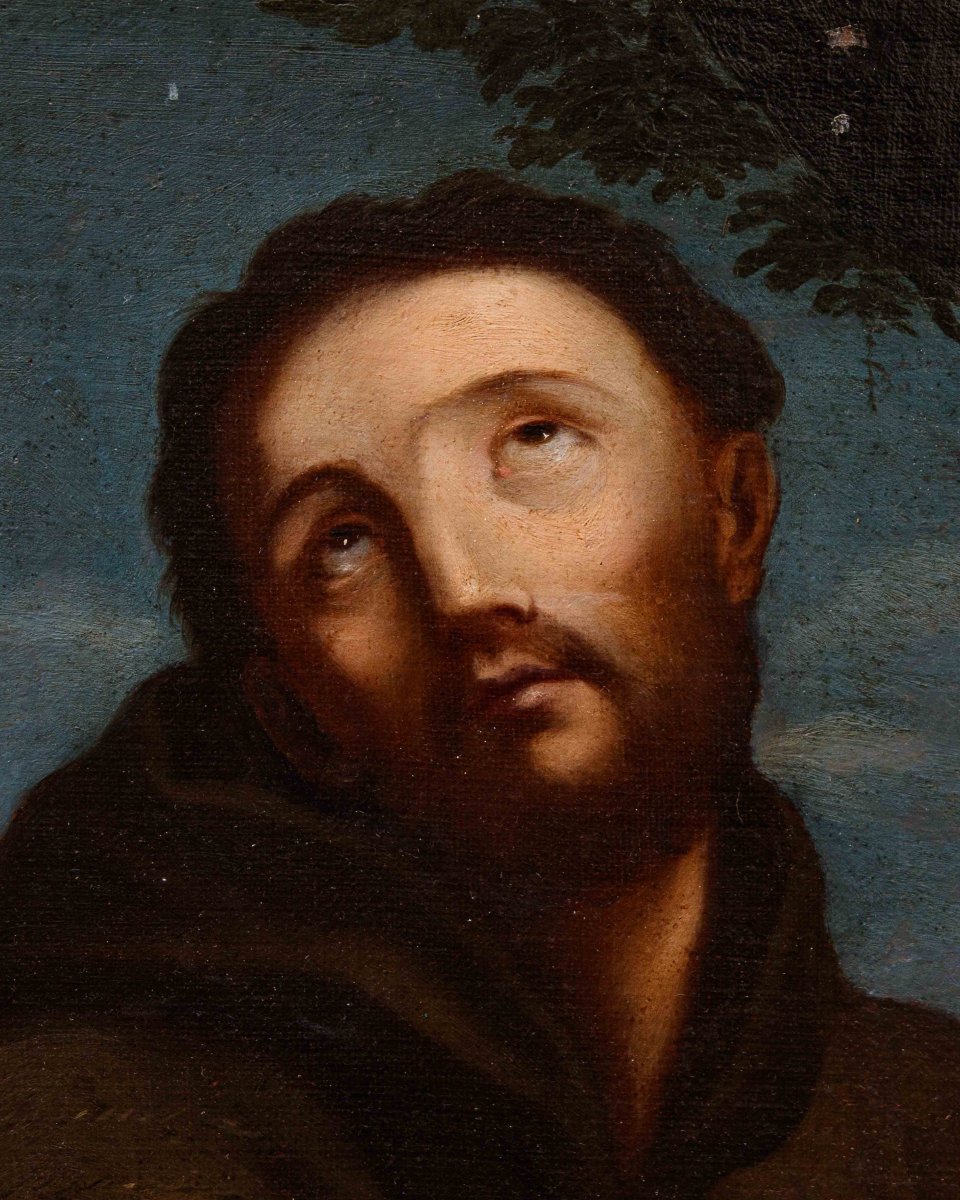











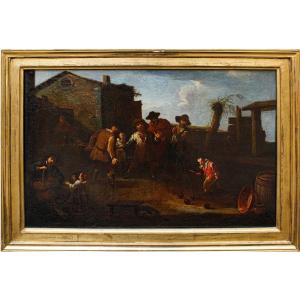






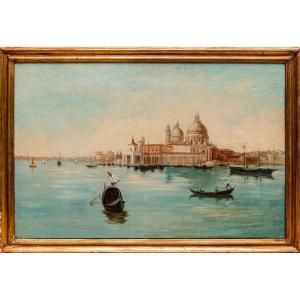





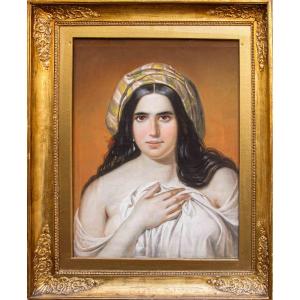

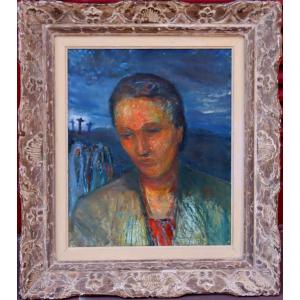

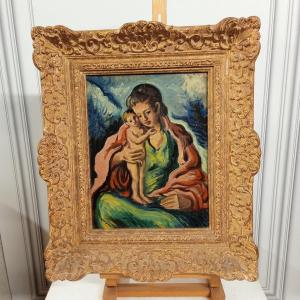



 Le Magazine de PROANTIC
Le Magazine de PROANTIC TRÉSORS Magazine
TRÉSORS Magazine Rivista Artiquariato
Rivista Artiquariato